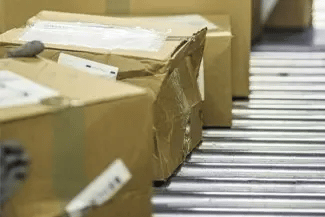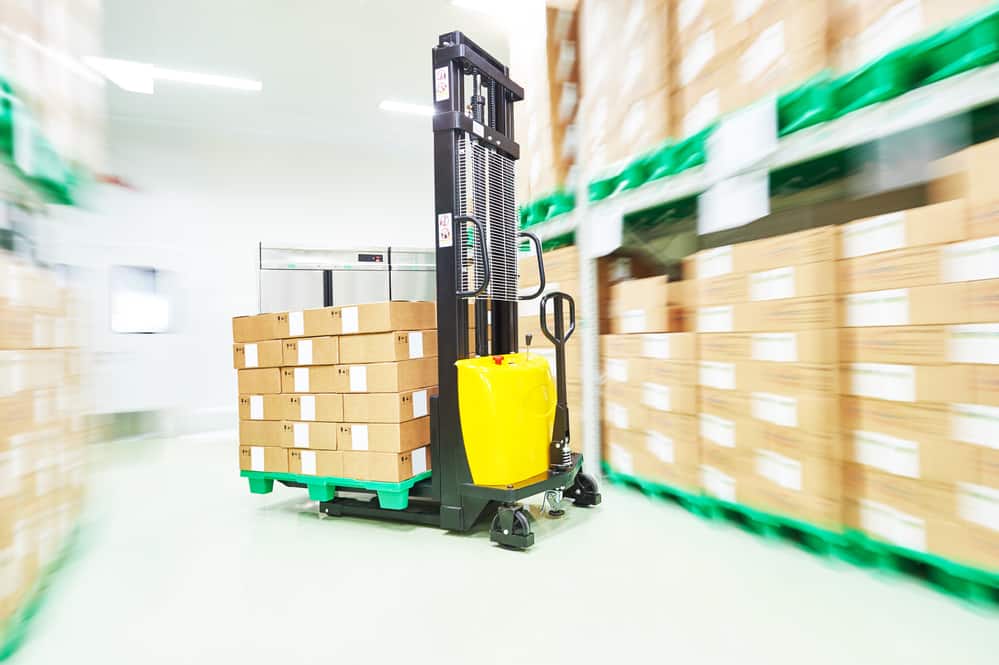Two Approaches to Product Returns that can Reduce Cost, Time and Labor

This time of year, retailers and eCommerce companies are in the thick of the peak season for holiday product returns. And thick it is: Salesforce data shows that 13% of holiday orders were returned – a 63% increase over last year. UPS expects to handle about 5 million more peak-season returns this year compared to last.
Managing large volumes of product returns isn’t confined to the post-holiday season, of course. As consumer spending increases – especially eCommerce spending – return rates have been steadily strong in the last several years. Product returns cost companies dearly in terms of labor, efficiency, waste, and reduced profits.
“The rise in sales almost certainly will be followed by a commensurate increase in returns. For companies without a good reverse logistics process, the growth in returns will have a significant negative impact on costs, customer satisfaction and ESG performance.”
– Baris Oran, CFO at GXO

Two Approaches for Product Returns: Avoiding Returns vs. Preventing Returns
Here at ReverseLogix, we work with forward-thinking companies that approach the challenge of returns with an avoidance mindset and/or a prevention mindset.
Avoiding Product Returns
This happens when a customer requests to return a product, but the company finds a way to avoid the return. For example: a customer received an appliance that had a slight dent or scratch. Instead of approving the return request (and spending the labor, shipping costs and transportation emissions needed to exchange the appliance), the company offers the customer a discount to keep it.
It’s a win for the customer, a win for the company, and a win for the planet: The customer saves money, the retailer avoids the return, and there’s no extra waste, materials or emissions resulting from a product exchange.
Preventing Product Returns
This approach aims to stop returns before they happen by prioritizing tools and tactics to help the customer make the right choice the first time. These tools could include better product photography, videos, sizing guides, virtual dressing rooms, or other virtual reality tools, such as ones that help a customer envision a dining set in their kitchen or a pair of glasses on their face. With better information and the ability to virtually test or visualize an item, the customer is more likely to make a good decision and less likely to return the product.
Ideally, your company would employ both product returns avoidance and product returns prevention approaches for managing product returns: You would equip customers with tools to make the best decision the first time, and you would think creatively about ways to avoid a product return (without over-burdening the customer item disposals).
Both approaches can be beneficial for people, your profits and the planet.
- Less waste for packaging and shipping product returns back-and-forth with the customer
- Fewer emissions and less pollution from transport
- Less time and labor responding to, tracking, receiving, and completing the return

Here’s a Different way to look at the Product Returns Process
In response to sky-high return rates – and practices like wardrobing or bracketing – some retailers restrict returns by implementing fees or shorter return windows. However, these can easily dissuade consumers from making a purchase at all if they deem it too costly or risky.
What if you looked at returns as an opportunity and not a burden?
You can’t eliminate product returns completely; so when they do occur, can you make the most of them? Debrup Jana, a senior director analyst at Gartner, suggests viewing product returns as a source of inventory. Here’s how he explained it to Supply Chain Management Review:
“…Jana says retailers should shift their thinking about reverse logistics and viewing the backflow of merchandise not as a burden but as a source of supply. Assuming that just a small percentage of the products are actually defective, broken or unsaleable—and that the average supplier provides about 5% of any company’s stock—returns are actually any retailer’s largest supplier.”
Using Returns Management Software to Inform your Approach
Returns management software can’t decisively eliminate all product returns. There will always be returns, and they will always incur some amount of cost, labor time and waste.
But a returns management system (RMS) can significantly improve returns management efficiency and help inform product return avoidance and/or product return prevention approaches. RMS data, reports and insight can help you answer key questions such as:
- When should you offer a discount and ask the customer to keep the item?
- Is it more cost effective to repair an item or replace it?
- Based on cost and customer demand, could a return be resold, refurbished or recycled instead of landfilled?
- What does the average product return cost your company?
- How are product return approaches supporting or hindering corporate sustainability goals?
As a complete, end-to-end returns management solution, the ReverseLogix RMS can track and monitor the lifecycle of product returns. Using this information, you can identify the reasons that are driving returns and identify ways to address them.
Hear how this Customer saw an ROI within days of Implementing ReverseLogix RMS
Avoiding and Preventing Product Returns for a Healthier Planet
Customers and markets are demanding that companies address the environmental impact of product returns.
- An estimated 10% of all returns end up in a landfill (McKinsey)
- Return shipping transportation creates the equivalent of +3 million cars annually (Gartner)
- 50% of supply chain professionals expect a greater focus on circular economy strategies (U.S. Cotton Trust Protocol)
By rethinking how you approach and manage returns, you can open up new opportunities for resell, recommerce, repair and recycling.
